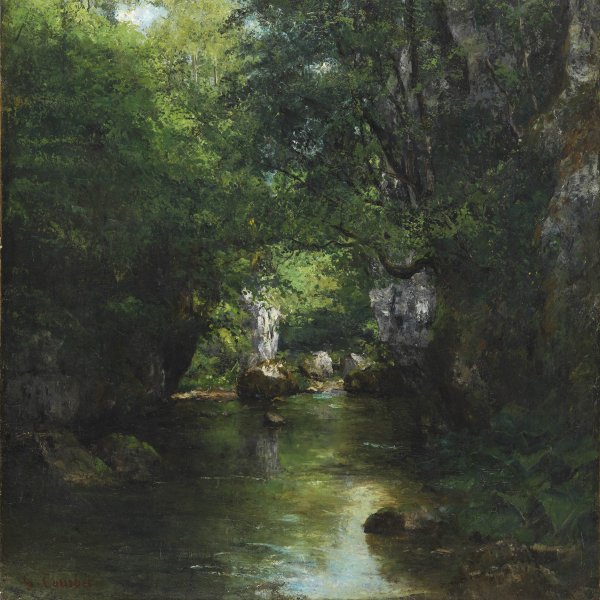Vase with Chrysantemums
Henri Fantin-Latour achieved fame through his portraits of fellow artists and intellectuals of the day, as well as family members and patrons. During the last thirty years of his life he left Paris and retired to the country house where his wife had spent her childhood. Here the flowers in the garden became the principal subject of his work. In a methodical manner, Fantin-Latour composed the floral arrangements that he painted against plain backgrounds in his studio. The vases are particularly noteworthy and were sent to him by his London dealer. The artist would choose certain vases to accompany particular flowers, stalks and leaves. In the case of the present painting, Fantin-Latour arranged a large bunch of yellow, white, lilac, pink and red chrysanthemums that occupy the entire pictorial space.
The artist’s passion for music has led to the suggestion that these combinations of flowers can be read as studies in harmony.
CM
The work has generally been identified as the one featured in the catalogue of Madame Fantin-Latour entitled Flowers and signed and dated 1875, even though neither the size nor the description of the latter match those of the painting in the Thyssen-Bornemisza collection.
Paloma Alarcó










